Mars Cloud Patterns Discovered By Citizen Scientists
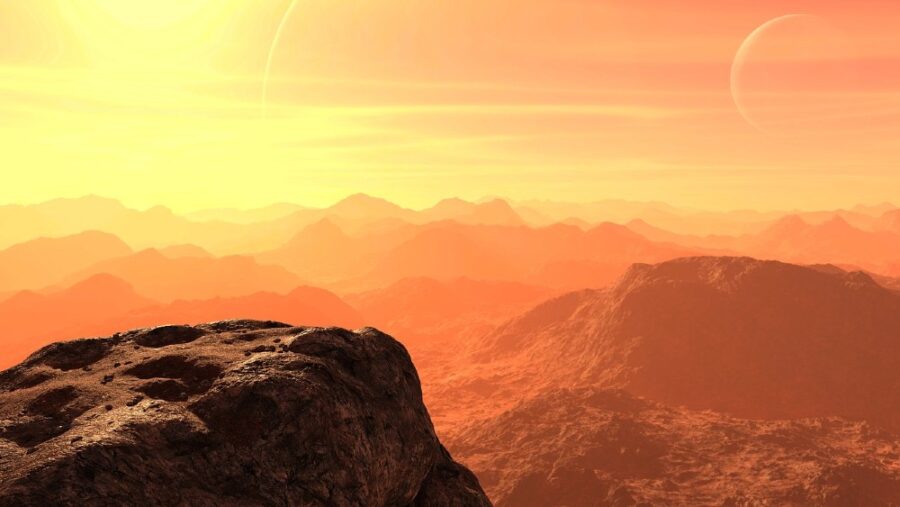
The more we explore the surface of Mars, the more everyone has become intrigued by the surface itself, and they want answers to questions like how much carbon content is hidden inside and how easy it will be to add oxygen to the Red Planet.
However, our original fascination with Mars started with looking up into the night sky, and a group of citizen scientists have done just that to help us understand the clouds on Mars. According to Space.com, such scientists have been working with NASA and “have mapped the clouds of Mars, finding patterns of cloud clustering and behavior.”
Enthusiastic Citizen Scientists Are Mapping Mars’ Clouds
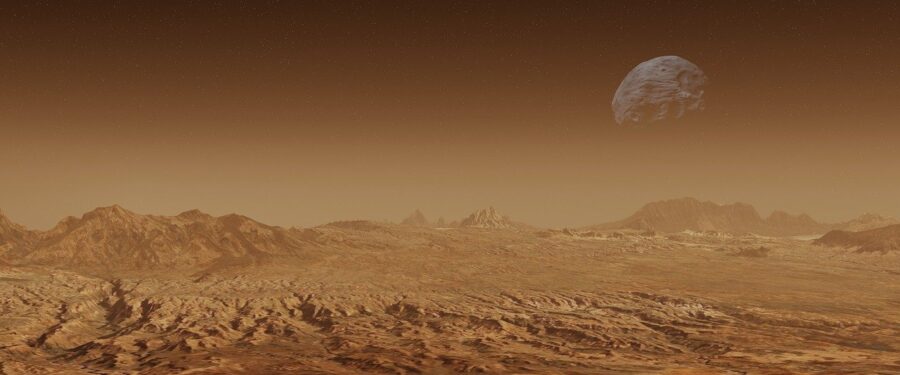
While it might sound like these scientists have their heads in the clouds (quite literally), NASA is treating this particular area of research quite seriously. The veteran space agency initiated the Cloudspotting on Mars project, allowing enthusiastic citizen scientists to help with this groundbreaking research. In this case, the scientists are using data from the Mars Reconnaissance Orbiter to map clouds all over the planet.
How Mars Clouds Differ From Those On Earth

Why, though, is NASA so concerned about Mars’ clouds, of all things? It comes down to the fact that Martian clouds are very different from our clouds here on Earth, and the more we understand about those clouds, the more it will help our research into (and eventual colonization of) Mars. As an example of how weird the planet’s climate can be, Mars has icy clouds in its mesosphere despite the planet itself being arid and dry.
Mars’ Icy Clouds
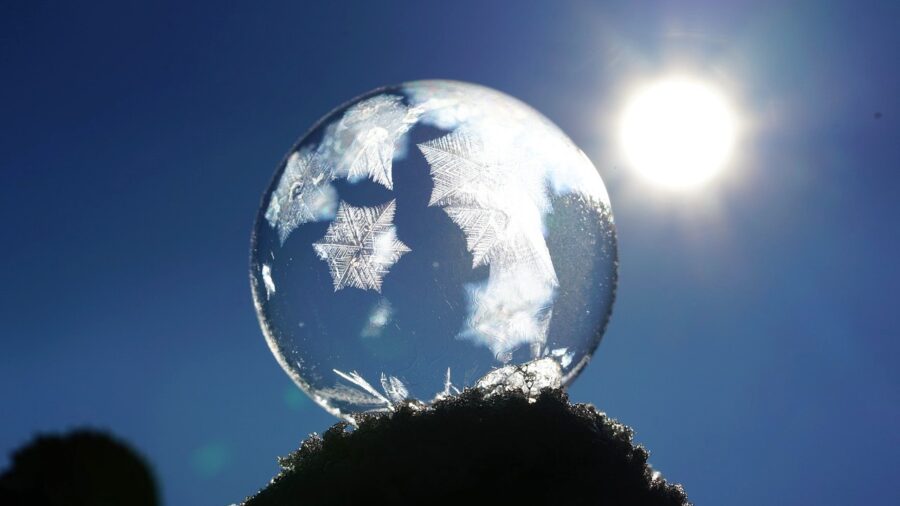
That ice comes from the water vapor in the clouds, and thanks to Mars’ atmosphere consisting mostly of carbon dioxide, it’s not uncommon for the planet to naturally form clouds of dry ice. Obviously, a climate this quirky requires further investigation, and the Cloudspotting on Mars scientists are up to the task. While these scientists already bring some major intellect to the table, their cloud investigation is further aided by some cutting-edge technological tools.
One bit of such tech is the Mars Climate Sounder, which helps scientists look at the planet’s atmosphere in both infrared and visible light. This tool helps scientists examine the “temperature, humidity, and dust content in vertical ‘slices’ to predict the climate and weather of the Red Planet.” Using this specialized device, the scientists were able to build cloud maps of Mars that provide detailed info about the clouds themselves and exactly where they were identified.
Cloud Mapping Could Answer Some Of Mars’ Many Mysteries
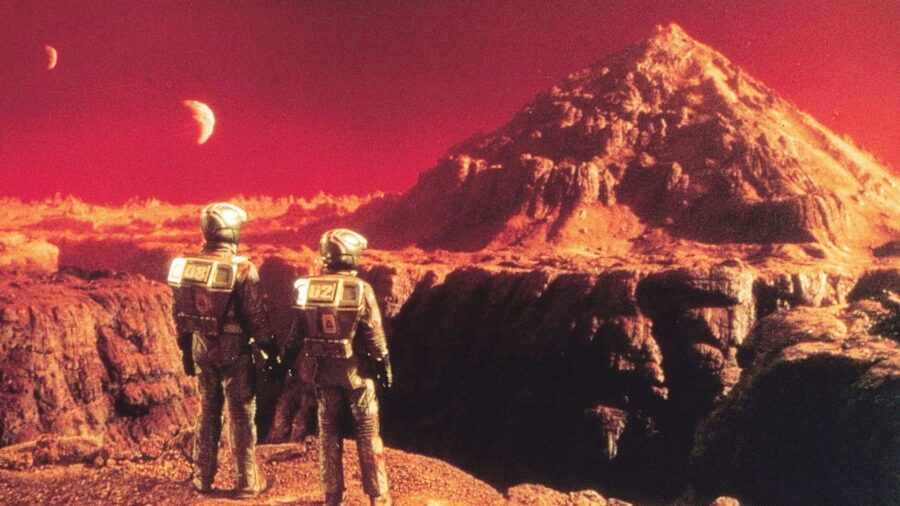
By continuing to study Mars’ clouds, NASA may be able to get some definitive answers to certain burning questions. For example, the planet regularly creates dust devils on its surface that carry water past the clouds and further into the atmosphere. It has long been a theory that these dirt devils transporting water into the atmosphere where it cannot ever fall back into the planet is why Mars has become such a dry and dusty planet.
Could Cloud Study Lead To Colonization?
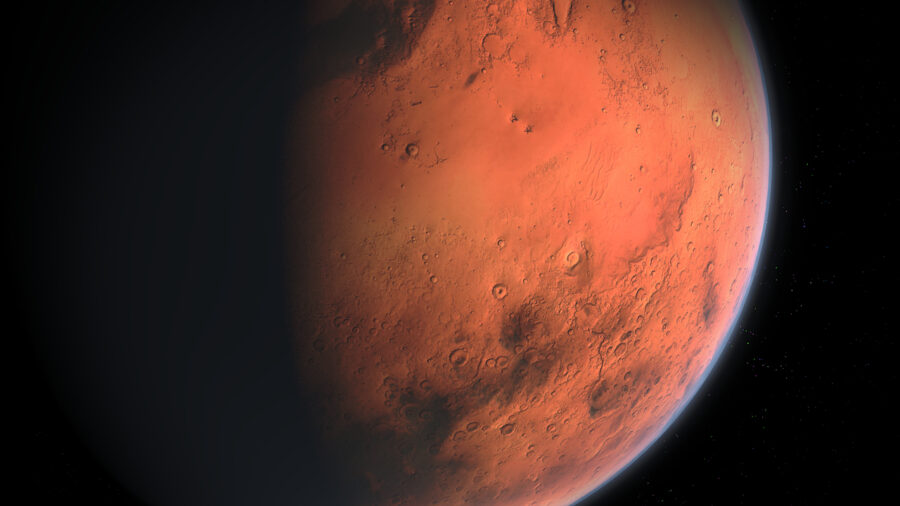
Researching what is happening with Mars’ clouds may eventually help scientists to verify that theory, and the current research is already helping NASA to learn more about the planet’s thermal tides and other major temperature-changing events. Many space enthusiasts are hoping that colonizing Mars will be the first step towards a Star Trek-like future, and learning more about the planet’s clouds will make colonization that much easier. Until then, though, citizen scientists working with NASA are helping us to “boldly go” without even having to leave the Earth.












